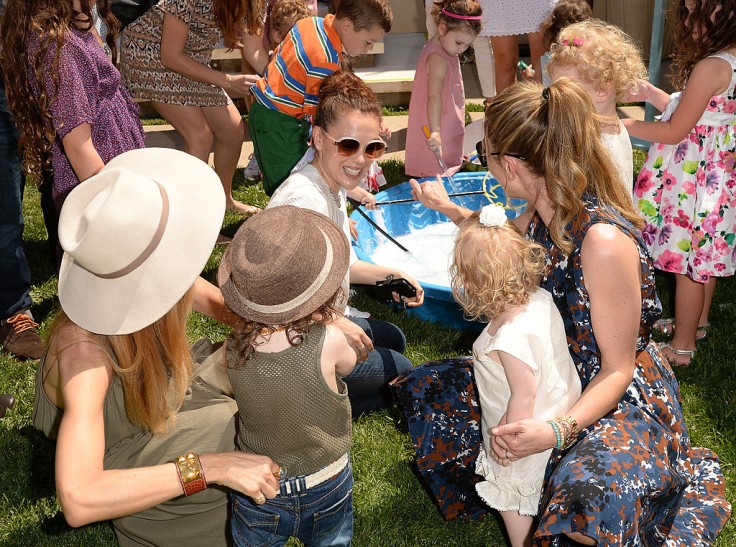
The creator of Mother's Day, Anna Jarvis, held the first celebration of the special day for mothers in May 1908 to honor her own mother, Ann Reeves Jarvis. However, years later, the inventor fought to scrap the special day for moms on the calendar because she was frustrated by its commercialization.
In the 1850s, Ann gave birth to 13 kids but lost nine due to diseases and the Civil War. Because of her losses, Ann became an advocate for women's and children's health and helped establish a club for mothers to prevent pregnancy complications and child mortality. Ann was also active in the church.
Anna, one of Ann's four surviving children, saw for herself how her mother was so dedicated to her work. According to historian Katharine Antolini, Anna felt mothers are entitled to a special day because of the "matchless service" moms render to humanity, per BBC.
After Ann died in 1905, Anna sought to create a day for her mother. She was specific about calling it Mother's Day, in the singular, because the celebration was supposed to be a solemn commemoration for "the Best Mother who Ever Lived - Your Mother." She wanted the holiday to be personal, between the mother and her children only.
Read Also: Pregnant Politician Erin Maye Quade Went Into Labor While Giving a Speech and Didn't Quit
Disappointed by the Commercialization of Mother's Day
The first official Mother's Day celebration came three years later, in 1908, at a church event in her hometown of Grafton, West Virginia. She chose the Sunday close to her mother's death anniversary, which was May 9.
After writing letters to politicians to make the special day an official holiday, President Woodrow Wilson officially designated Mother's Day as a yearly holiday celebration every second Sunday of May.
The Anna Jarvis House Museum
— The Best Virginian (@Best_Virginian) March 11, 2021
Grafton, #WestVirginia#AlmostHeaven #PlaceIBelongWv pic.twitter.com/YhsPq1ASrF
But as Mother's Day became very popular in the U.S. and then around the world, people also started to honor other mother figures in their lives, such as grandmothers or aunts, which Anna detested. Anna was also disappointed that businesses selling flowers, chocolates, and greeting cards increased their prices around this time to take advantage of shoppers.
Anna then dedicated the rest of her life to removing Mother's Day off the calendar and protesting those who market the holiday for its commercial viability.
The woman lobbied the government, filed lawsuits and spent much of her inheritance on the lawsuits to fight with anyone who used Mother's Day for other things than her original intention. She even challenged the former First Lady Eleanor Roosevelt to stop promoting her women's causes using Mother's Day because Anna did not like the association, per CNN.
Mother's Day Retail Spending Climbs to Billions
Anna's efforts to end Mothers' Day weren't successful because it became such a popular holiday, favoring many businesses. In fact, in 2021, Mother's Day spending hit a record $31.7 billion as 84 percent of Americans celebrated the special day, according to the National Retail Federation. One of the most popular gifts children buy for their moms is a piece of timeless jewelry, but mothers also got flowers, greeting cards, and a special outing with the family.
The creator of Mother's Day was in her 80s and living in a Philadelphia sanatorium when she passed away in November 1948 due to heart failure. Her younger relatives, Jane Unkefer and Emily d'Aulaire, said that she died in poverty because she refused to profit from creating Mother's Day.
For a time, her family did not celebrate the holiday to respect Anna's wishes. Today, they acknowledge Mother's Day by giving handmade cards to their hardworking moms.
Related Article: 5 Heartfelt Mother's Day Gifts Without Any Cost